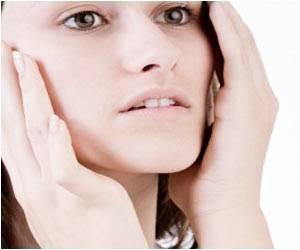Keeping a close watch for the signs and educating the child's peers about craniofacial abnormalities may be necessary for this age group.

‘Craniofacial anomalies are a diverse group of deformities in the growth of the head and facial bones. These abnormalities are congenital and there are numerous variations. Some are mild and some are severe and need surgery.’





Ninety-nine youths ages 8 to 17 from the UCLA Craniofacial Clinic were evaluated using the Pediatric Patient-Reported Outcomes Measurement Information System. The system is a set of measures that evaluates and monitors physical, mental and social health. Researchers assessed anger, anxiety, depression and quality of peer relationships. The youths were divided into three age groups: elementary (8 to 10 years); middle school (11 to 13); and high school (14 to 17). The researchers were surprised that the elementary school children consistently fared so poorly. Understanding that their difficulties begin during the critical elementary school years can help researchers, schools and parents work toward helping these youngsters grow up in an environment that fosters acceptance and understanding of their physical anomalies.
Source-Eurekalert















